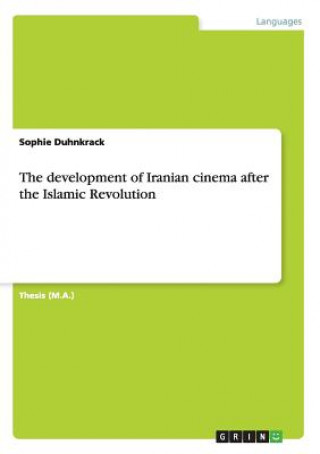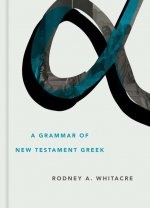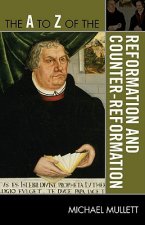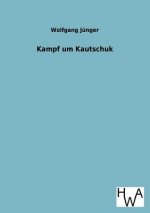
Доставка
Наръчник за пазаруване





Не ви допада? Няма проблеми! При нас имате възможност за връщане в рамките на 30 дни
 Подаръчен ваучер
на всякаква стойност
Подаръчен ваучер
на всякаква стойност
Няма да сбъркате с подаръчен ваучер. Получателят може да избере нещо от нашия асортимент с подаръчен ваучер.
development of Iranian cinema after the Islamic Revolution
 Английски език
Английски език
 101 b
101 b
30 дни за връщане на стоката
Може би ще Ви заинтересува


Thesis (M.A.) from the year 2009 in the subject Orientalism / Sinology - Islamic Studies, printed single-sided, grade: 85, Ben Gurion University, course: The 1979 Iranian Revolution: A Thirty-Year Perspective, language: English, abstract: An analysis of the recent development of Iranian Cinema should primarily mention its origins and history, especially since Iranian cinema always has been so closely linked to the political circumstances dominating the social reality. Its outset is generally accepted to have begun around 1900, when Mirza Ebrahim Khan Akkas Bashi, the official photographer of Muzaffar al-Din Shah, shot the first Iranian documentary.... As Richard Tapper states in his work, The New Iranian Cinema, both government and religious authorities sought to control the images to be shown publicly. Formal censorship began in the 1920s, when the imported films exhibiting women, sex and amusement dominated the Iranian market. In contrast to this permissive attitude, depicting the political or social reality critically in local productions was taboo. Until the Second World War nothing worthy of being called national cinema was produced. In these decades, Iranian films were mainly remakes of foreign works, mainly Indian or Egyptian, and normally they lacked artistic quality. This genre of films is known as Film Farsi. Along with the development of film comes the history of censorship, which tries to curb the freedom of expression in increasingly institutionalized manners. Indeed, in 1950 a committee for the supervision of locally produced or imported films was established. This might have contributed to the fact that in the 1950s and 1960s, next to the import of American and Indian films, only commercial films were famous in Iran, whose sole aim was to entertain and to fill the cash tills. In this period too, the censorship worried more about the expression of political opinions than about the demonstration of sex. However, on the edge of mainstream productions slowly evolved few other interesting and formative films. 1969 is generally agreed to mark the birth of Iranian art cinema, called the New Wave. In the following period various films were successfully presented to international film festivals. However, from its beginning on, the evolution of Iranian cinema was constantly accompanied by a consistent religious opposition. Through the lens of many Iranian clerics, films were immoral. They denounced cinema as a tool to access corrupt western influence into Iran. This suspicion and aversion against cinema, which was deep-rooted in many Iranian clergymen found later on as well expression in the Islamic Republic.
Информация за книгата
 Английски език
Английски език


 Контакт
Контакт Как се пазарува?
Как се пазарува?






























